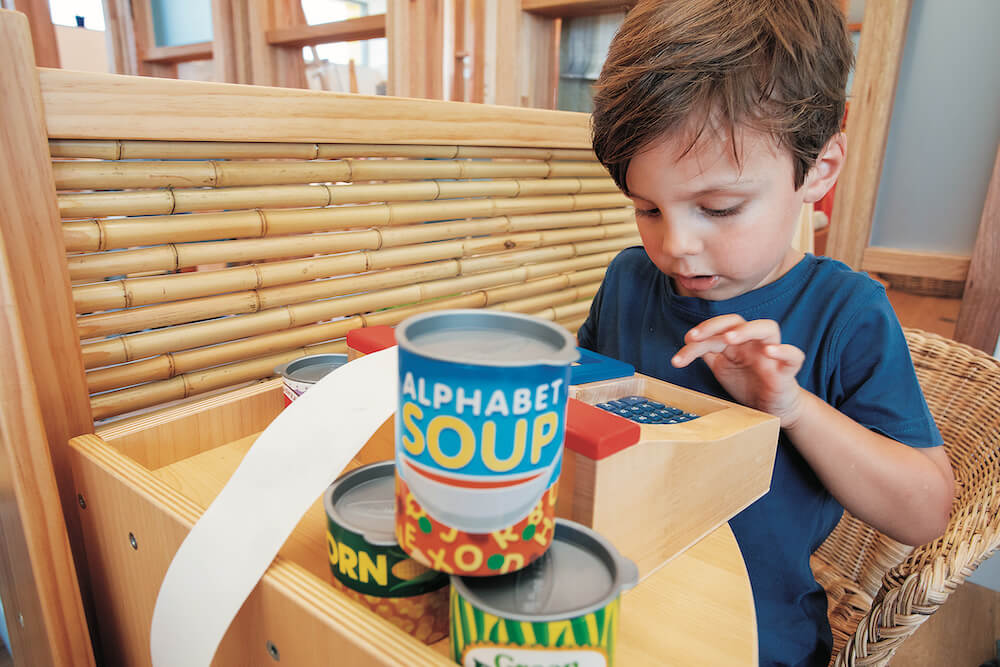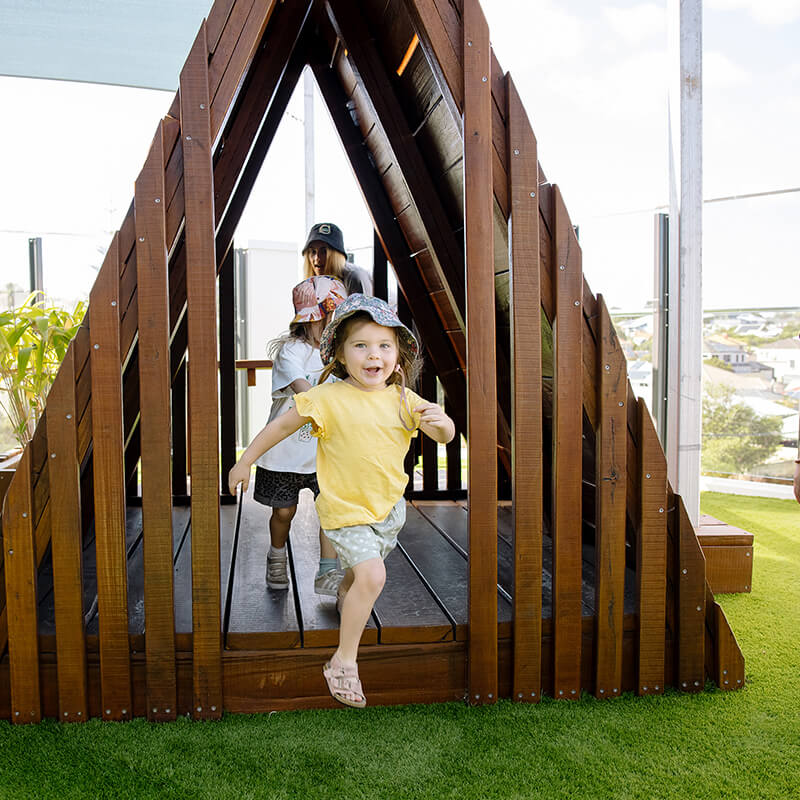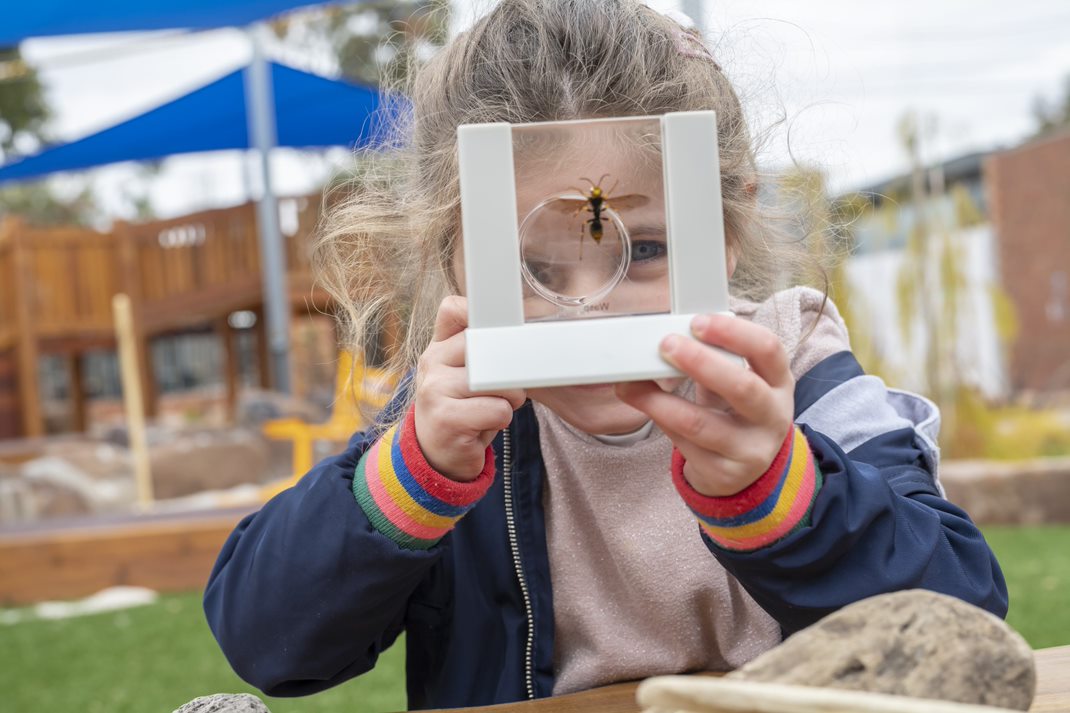The Child Care Subsidy (CCS)
Since Nido Early School is a government approved childcare provider, you could be entitled to a government subsidy on your fees.
The initiative is designed to enable low and middle-income families to access affordable, flexible and high-quality childcare. The Government reduces the amount you may pay for your childcare, to increase the level of care your child can receive. This enables parents or carers to allow their child to attend childcare, so that they can either work or study more hours.
How does it work?
Subsidies are paid directly to Nido Early School, and we then pass them to you as a fee reduction. You then pay the difference between the subsidy and the fees charged.
How much Child Care Subsidy can I receive?
Child Care Subsidy is calculated using:
- Your combined family income
- The number of children under five you have in childcare
- The level of activity you may be doing; if you are studying or volunteering, this may work in your favour towards your childcare subsidy
- Your childcare provider’s hourly rate
Families with more than one child aged five or under in care can get a higher subsidy. The higher CCS will be paid to their second child and younger children.
Eligible children will get a 30% higher subsidy up to a maximum of 95%. If you have children born on the same day, such as twins, Services Australia should be contacted to ensure one child is determined as receiving the standard CCS rate with the other, the higher rate.
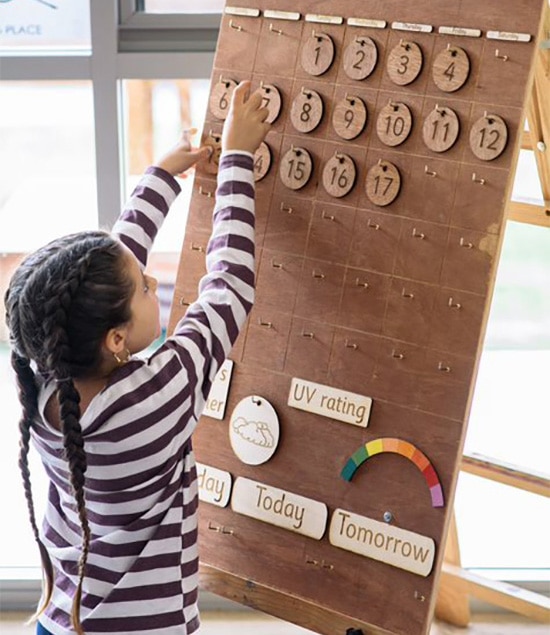
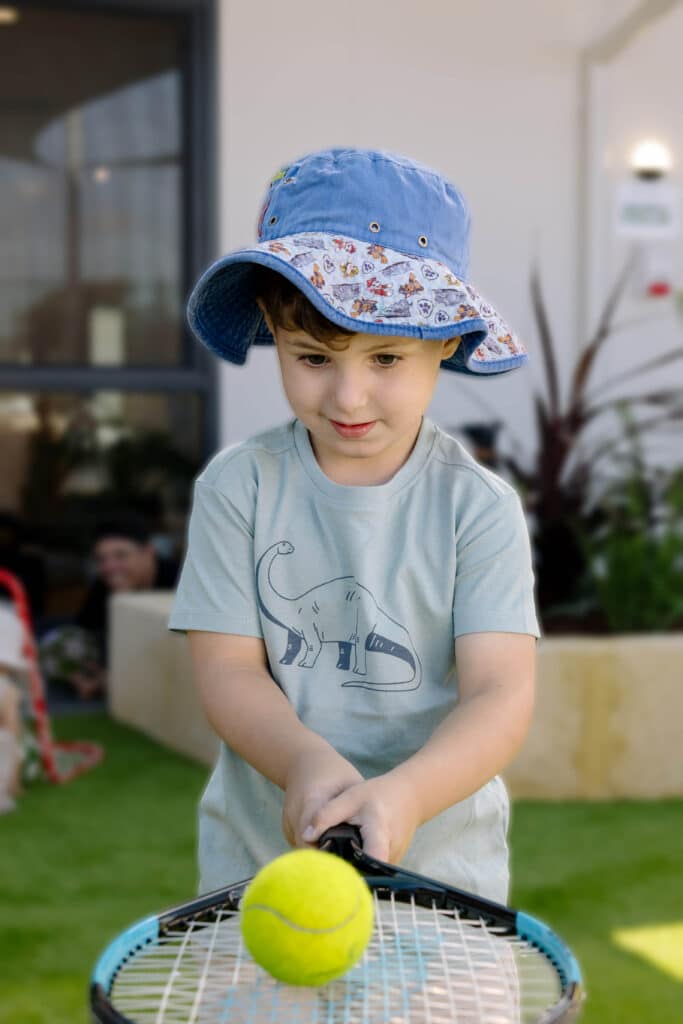
Who is eligible for CCS?
Families must meet eligibility criteria to get CCS.
Parents must:
- Care for their child at least 2 nights per fortnight or have 14% share of care
- Be liable for child care fees at an approved child care service
- Meet residency requirements
Their child must:
- Meet immunisation requirements
- Not be attending secondary school (unless an exemption applies)
- Be 13 or under (except in certain circumstances)
If a child doesn’t attend a session of care at least once in 26 consecutive weeks, they will stop being eligible for CCS. If a child starts to attend care again, a family can make a new claim for CCS.
Additional Support
Some families can get additional Child Care Subsidy to provide extra support with childcare fees.
There are four different types of additional Child Care Subsidy that you can apply for if you’re either:
- a grandparent
- transitioning to work
- experiencing temporary financial hardship
- caring for a child who is vulnerable or at risk of harm, abuse, or neglect

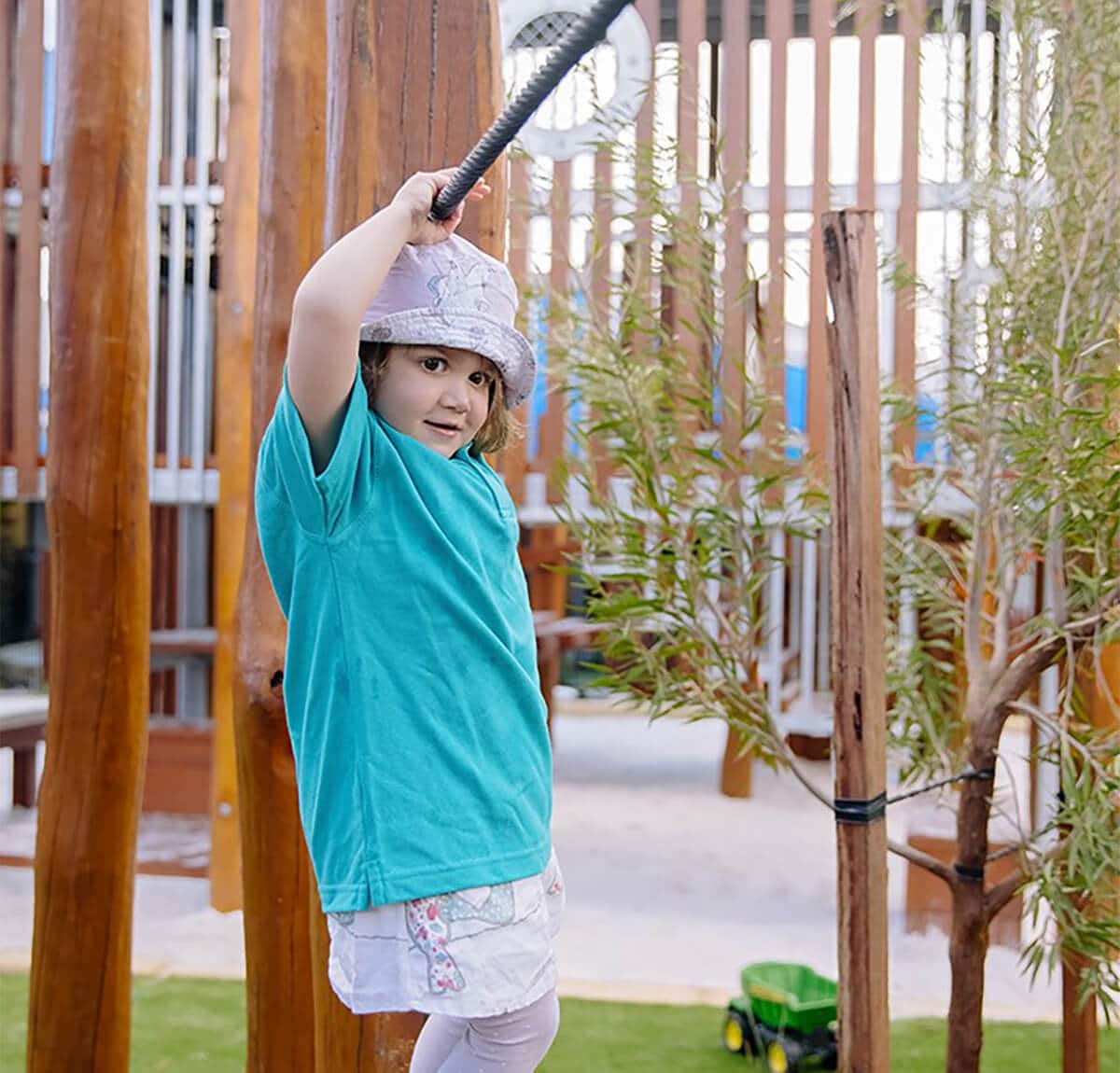
Approved childcare
These childcare services have Australian Government approval to obtain Child Care Subsidy to reduce fees on your behalf:
- Centre Based Day Care, including long day care and occasional care
- Family Day Care
- Outside School Hours Care, including before, after and vacation care
- In Home Care
Options to increase your subsidy
Activities such as studying and volunteering also work in your favour towards your childcare subsidy. Taking some extra time to follow your interests or develop some new skills, even through online learning platforms like Coursera, or other online TAFE and university courses, will count as activity towards your subsidy.
Recognised activities:
- paid work including being self employed
- paid or unpaid leave, including paid or unpaid parental or maternity leave
- doing an approved course of education or study
- doing training to improve work skills or employment prospects
- unpaid work in a family business
- actively looking for work
- volunteering
- unpaid work experience or unpaid internship
- actively setting up a business
- other activities on a case-by-case basis
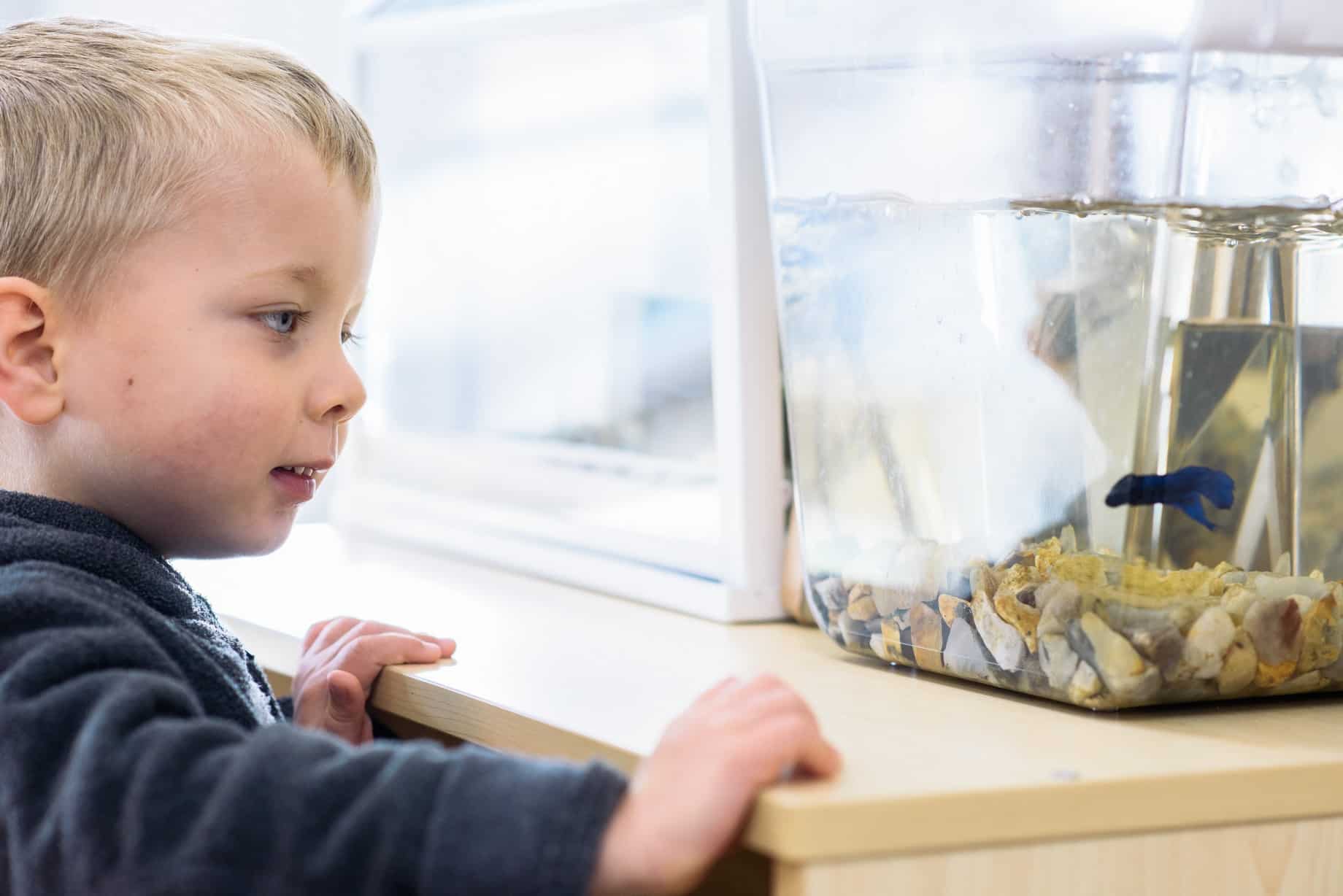
However, some of these activities will only be recognised for a certain amount of time. The government will only count:
- periods of unpaid leave for up to 6 months – this doesn’t apply to unpaid parental leave
- setting up a business for 6 months out of every 12 months
How does the activity test work?
The hours of subsidised care a family can get each fortnight depends on their activity level. The higher the level of activity, the more hours of subsidised care families can get.
Services Australia looks at both parents’ activity level and use the parent with the lower activity level to determine a family’s hours of subsidised care.
Families need to do a recognised activity to get CCS. Exemptions apply for parents who cannot meet activity test requirements.
For more information about how your activity level affects CCS, please go to the Services Australia website.
| Hours of activity each fortnight | Hours of subsidised care, per child, each fortnight |
| Less than 8 hours | 0 hours if you earn above $72,466 24 hours if you earn $72,466 or below |
| 8 hours to 16 hours | 36 hours |
| More than 16 hours to 48 hours | 72 hours |
| More than 48 hours | 100 hours |





